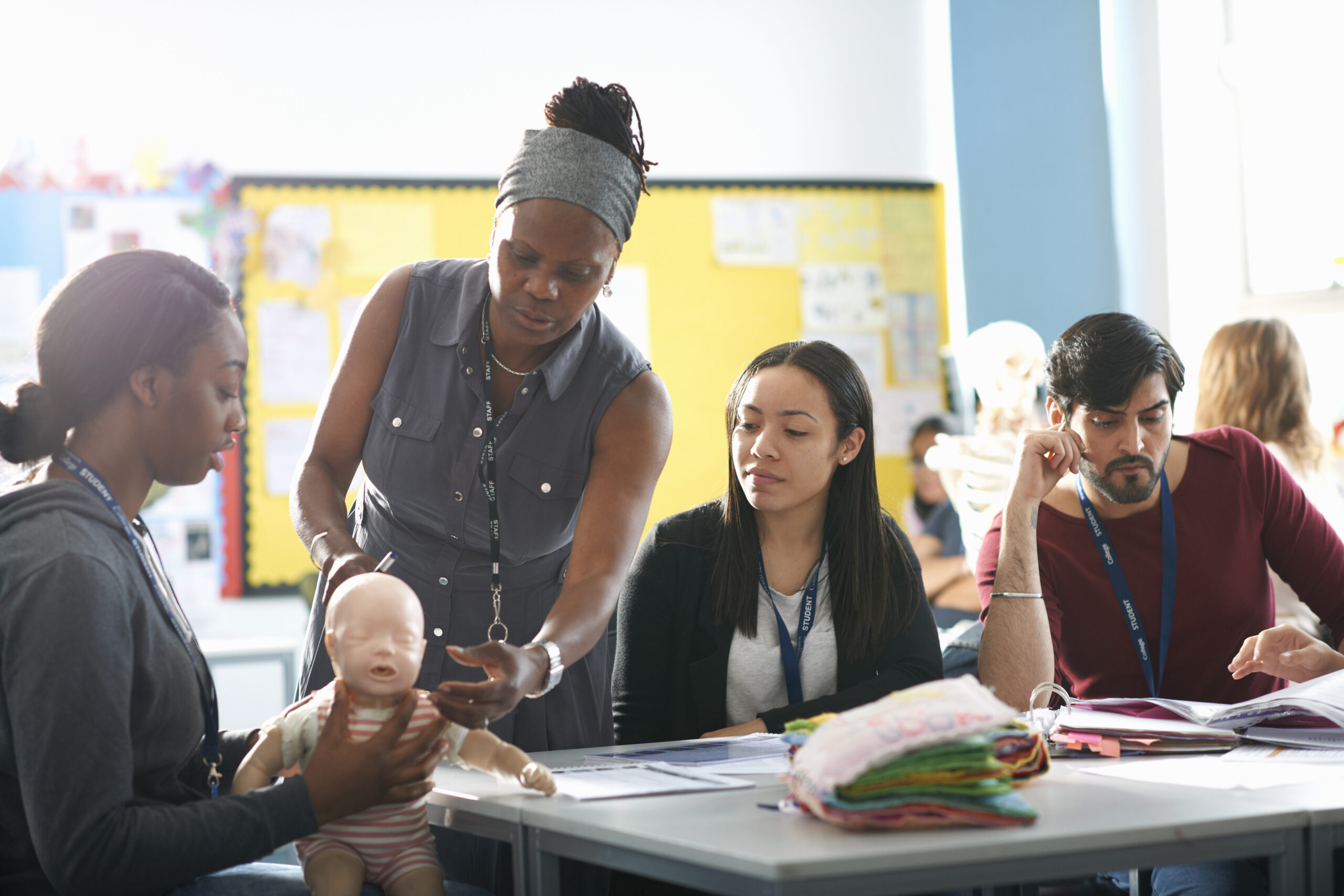Introduction
In the world of education and learning, especially within child care settings, emergencies can arise anytime. Comprehending prompt reaction responsibilities is vital for educators, caregivers, and moms and dads alike. Not only does it include basic emergency treatment expertise, but it also involves a series of procedures and abilities that must be grasped to guarantee the safety and security of kids. From handling small injuries to providing an EpiPen during an allergic reaction, this detailed guide will delve into the myriad obligations that include immediate reactions in educational first aid pro brisbane environments.
Immediate Response Responsibilities: What to Do When Emergencies Arise
The term "instant action responsibilities" describes the actions and decisions that need to be taken when an emergency situation occurs. These situations can vary from minor cases like play area mishaps to a lot more extreme circumstances including medical emergency situations. The focus here is on quick reactions that can significantly influence the result for youngsters involved.
Understanding Emergency situation Scenarios in Education
Emergency circumstances can differ extensively in nature and seriousness. Some usual instances include:

- Choking Incidents: Children may unintentionally choke on food or tiny objects. Allergic Reactions: Instances calling for EpiPen management due to severe allergies. Minor Injuries: Scrapes, cuts, and swellings from play. Medical Emergencies: Asthma strikes or seizures that demand immediate attention.
Recognizing Bronchial asthma Symptoms in Children
Asthma is a widespread condition amongst children and understanding how to identify its signs can save lives. Common signs include:
- Coughing frequently Shortness of breath Wheezing sounds when exhaling Chest tightness
Choking Avoidance Methods for Educators
Preventing choking occurrences need to be a concern in instructional settings. Here are some efficient approaches:
Age-Appropriate Foods: Make sure that food offered is suitable for kids's ages. Supervision During Meals: Always display youngsters while they eat. Education on Food Choices: Show children regarding foods that posture choking hazards.
EpiPen Management Protocols
When dealing with allergies, EpiPens can be life-saving tools. Below's exactly how to administer one:
Remove the EpiPen from its case. Hold the EpiPen strongly and eliminate the safety and security cap. Press the pointer against the external upper leg till it clicks. Hold it in position for about 10 seconds prior to removing.Managing Minor Wounds Effectively
Injuries are unavoidable when taking care of active youngsters; hence, comprehending just how to manage minor wounds is necessary:
Clean the wound with soap and water. Apply an antiseptic solution. Cover with a clean and sterile bandage.Child Defibrillation Guidance
For serious situations where a youngster might experience heart attack, understanding exactly how to use an AED (Automated External Defibrillator) is essential:
Turn on the AED and comply with voice prompts. Attach pads as suggested on the device. Ensure nobody is touching the youngster before delivering a shock if encouraged by the AED.Building Instructor Self-confidence Via Training
Educators play a critical function in emergency feedback circumstances; therefore it's crucial they feel confident in their abilities:
HLTAID012 Certification Australia Overview
The HLTAID012 accreditation furnishes teachers with needed first aid skills customized specifically for academic settings:
- Duration of training usually extends over a number of hours consisting of both written and practical components. It covers subjects such as CPR techniques, managing injuries, and occurrence coverage protocols.
Written vs Practical Elements of Emergency Treatment Training
Training programs like HLTAID012 comprise both theoretical expertise and hands-on practice:
|Element|Summary|| --------------------|--------------------------------------------------|| Written|Recognizing methods, laws, and treatments|| Practical|Hands-on practice using mannequins or simulation|
Renewal Timelines for Emergency treatment Certifications
https://andybtmc777.tearosediner.net/reduced-compression-depth-why-it-issues-in-life-supportStaying upgraded with first aid qualifications is vital for teachers:
- Most accreditations call for revival every 3 years. Regular updates keep educators well-informed about brand-new practices or modifications in protocols.
Childcare Centre First Aid Set Essentials
A well-stocked emergency treatment kit is vital in any type of child care centre setup:
Essential Items Include:
Band-aids of numerous sizes Antiseptic wipes Gauze pads Adhesive tape Disposable gloves ScissorsFirst Help Basics for Parents
Parents have to additionally be equipped with necessary emergency treatment understanding:
Know how to deal with fevers effectively. Recognize signs of dehydration or warm exhaustion throughout hot weather. Create a home-based first aid package tailored for youth needs.Childcare Safety Risks Assessment
Regular evaluations aid identify possible dangers within childcare setups-- some common dangers consist of:
Slippery floors Sharp things within reach Playground tools safety and security checksRegularly reviewing these risks guarantees security criteria are constantly maintained.
FAQs Concerning Immediate Feedback Responsibilities
1) What should I do if a kid chokes?

- Administer back blows adhered to by stomach drives if they can not breathe or speak.
2) Exactly how typically need to I renew my HLTAID012 certification?
- Every three years according to Australian regulations.
3) What things are important for a childcare emergency treatment kit?
- Band-aids, antiseptics, gauze pads, scissors, non reusable handwear covers should all be included.
4) Just how can I protect against playground mishaps?
- Conduct routine inspections of play area equipment and supervise kids during play actively.
5) What are asthma action plans?

- A customized strategy created with doctor describing steps to take during a bronchial asthma attack.
6) Just how do I identify indications of allergic reactions?
- Look out for hives, swelling around the face or mouth, trouble breathing or hissing sounds; act quickly!
Conclusion
Immediate feedback responsibilities are not simply jobs; they embody a dedication to safeguarding youngsters's health and wellness and health within educational environments. By comprehending procedures connected to choking prevention, EpiPen management, small wound administration, and much more-- instructors can efficiently respond when emergencies develop while with confidence building trust fund amongst moms and dads and stakeholders alike.
By staying educated via accreditations like first aid course darwin HLTAID012 give first aid in education and learning programs and keeping emergency treatment packages stocked-- everybody plays a part in producing safe understanding atmospheres for growth and expedition while guaranteeing every child's safety and security remains paramount!